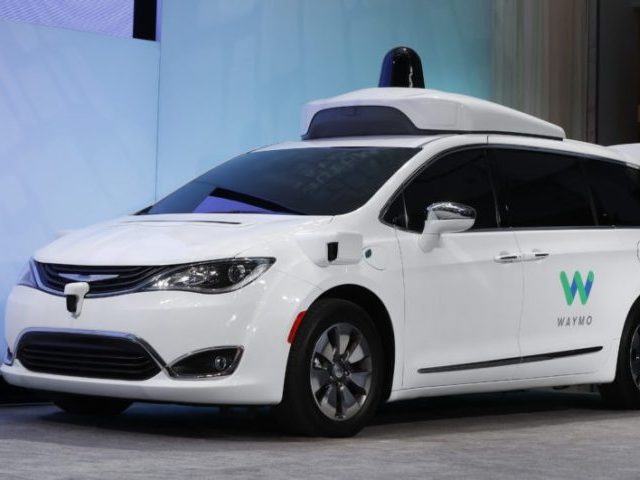A recent article published by the New Yorker asks the question many have asked about Silicon Valley’s race to develop self-driving cars: “Did Uber Steal Google’s Intellectual Property?”
The articles sub-heading reads: “Silicon Valley was built on job-hopping. But when a leader of Google’s self-driving-car unit joined Uber, Google filed suit. Now the Feds are on the case.” This refers to Uber’s purchase of Otto, a self-driving trucking startup founded by former Google employee Anthony Levandowski. Shortly after the purchase, Uber became embroiled in a lawsuit with Waymo, a self-driving car company owned by Google’s parent company Alphabet, which alleges that Levandowski stole 14,000 confidential files from them before he left. The ensuing lawsuit was later settled
The article from the New Yorker, however, gives a worrying insight into the business practices of Google and Levandowski. The article mentions a number of times that tests of self-driving vehicles resulted in near-fatal outcomes:
One day in 2011, a Google executive named Isaac Taylor learned that, while he was on paternity leave, Levandowski had modified the cars’ software so that he could take them on otherwise forbidden routes. A Google executive recalls witnessing Taylor and Levandowski shouting at each other. Levandowski told Taylor that the only way to show him why his approach was necessary was to take a ride together. The men, both still furious, jumped into a self-driving Prius and headed off.
The car went onto a freeway, where it travelled past an on-ramp. According to people with knowledge of events that day, the Prius accidentally boxed in another vehicle, a Camry. A human driver could easily have handled the situation by slowing down and letting the Camry merge into traffic, but Google’s software wasn’t prepared for this scenario. The cars continued speeding down the freeway side by side. The Camry’s driver jerked his car onto the right shoulder. Then, apparently trying to avoid a guardrail, he veered to the left; the Camry pinwheeled across the freeway and into the median. Levandowski, who was acting as the safety driver, swerved hard to avoid colliding with the Camry, causing Taylor to injure his spine so severely that he eventually required multiple surgeries.
The Prius regained control and turned a corner on the freeway, leaving the Camry behind. Levandowski and Taylor didn’t know how badly damaged the Camry was. They didn’t go back to check on the other driver or to see if anyone else had been hurt. Neither they nor other Google executives made inquiries with the authorities. The police were not informed that a self-driving algorithm had contributed to the accident.
This wasn’t the only instance in which a self-driving vehicle became involved in a severe car crash:
According to former Google executives, in Project Chauffeur’s early years there were more than a dozen accidents, at least three of which were serious. One of Google’s first test cars, nicknamed kitt, was rear-ended by a pickup truck after it braked suddenly, because it couldn’t distinguish between a yellow and a red traffic light. Two of the Google employees who were in the car later sought medical treatment. A former Google executive told me that the driver of the pickup, whose family was in the truck, was unlicensed, and asked the company not to contact insurers. kitt’s rear was crushed badly enough that it was permanently taken off the road.
In response to questions about these incidents, Google’s self-driving unit disputed that its cars are unsafe. “Safety is our highest priority as we test and develop our technology,” a spokesperson wrote to me. The company said that, in the case of the kitt collision, a report was submitted to the authorities, and that although multiple participants later sought medical care, “every person involved left the scene on their own accord.” As for the Camry incident, the spokesperson described it as “an unfortunate single-car accident in which another car failed to yield to traffic”; because Google’s self-driving car did not directly hit the Camry, Google did not cause the accident.
It would appear that Google was willing to put the lives of other drivers and their own employees at risk during the test of their self-driving vehicles, this paints a worrying picture of how the company operates and treats its employees.
Read the full article in the New Yorker here.
Lucas Nolan is a reporter for Breitbart News covering issues of free speech and online censorship. Follow him on Twitter @LucasNolan_ or email him at lnolan@breitbart.com

COMMENTS
Please let us know if you're having issues with commenting.